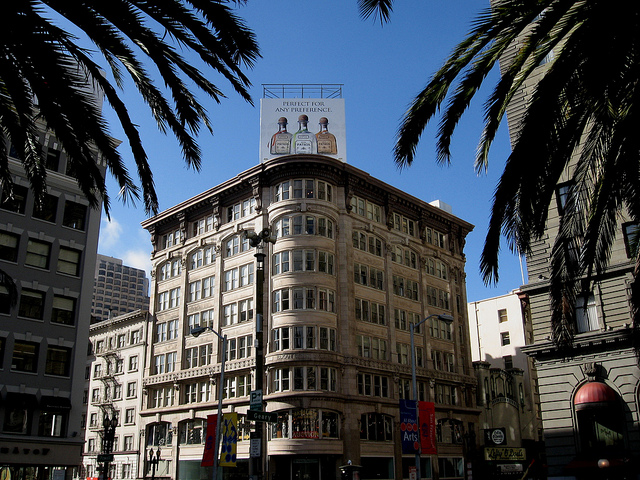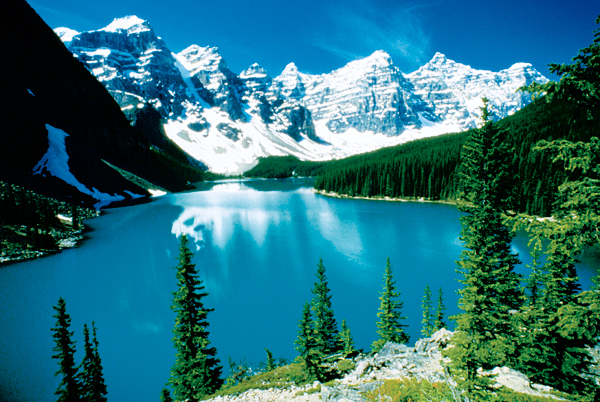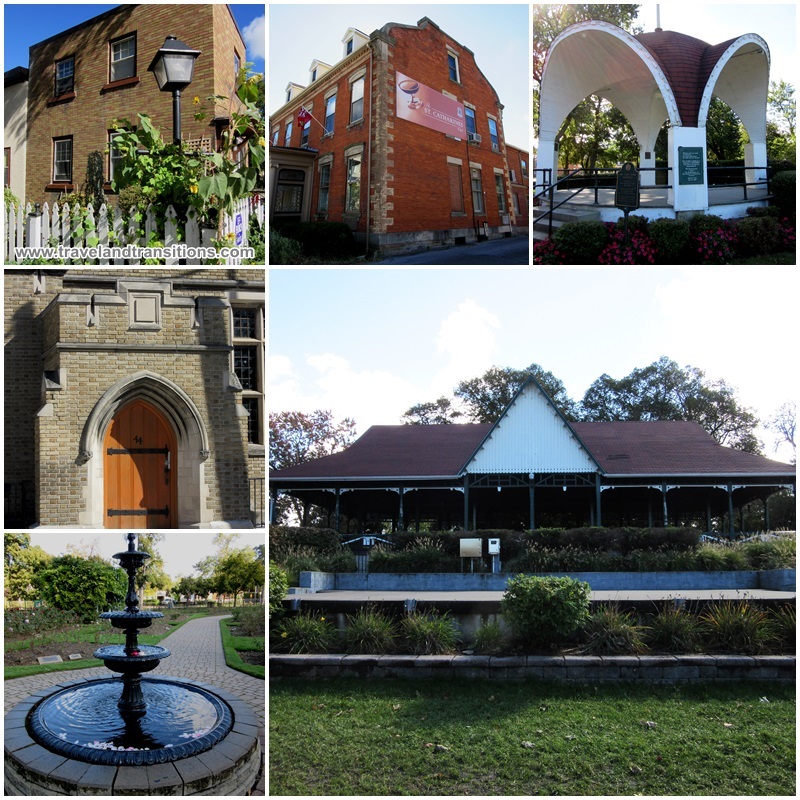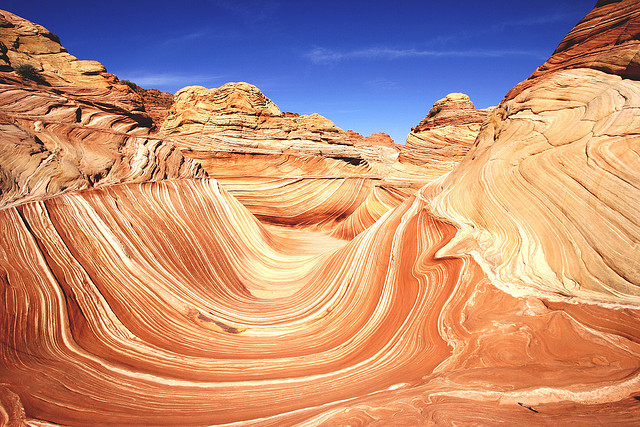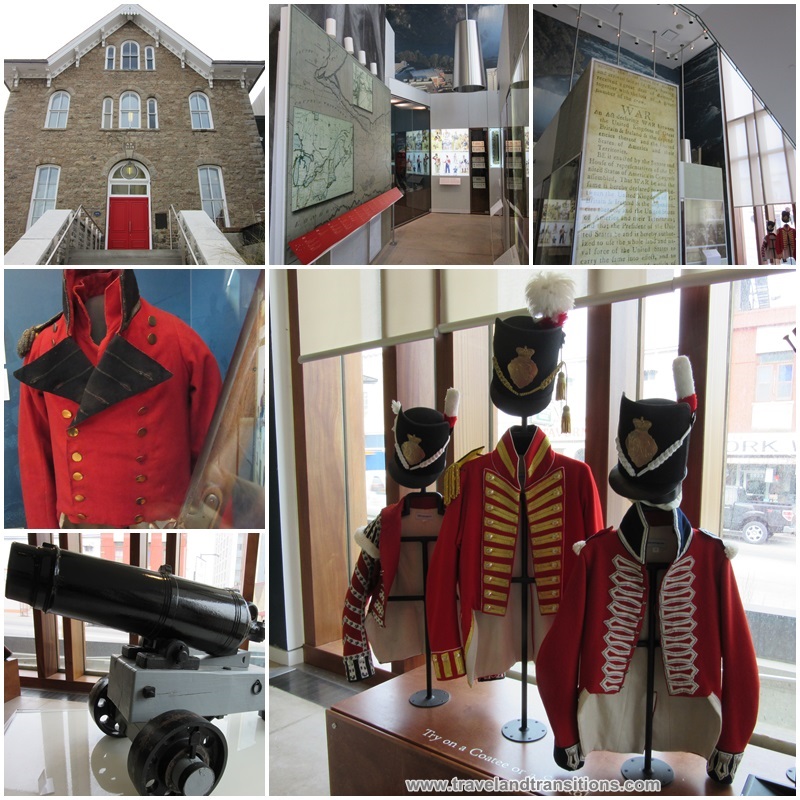A Map of San Francisco and Things To Do in San Francisco
San Francisco is an eminently walkable and bikeable city. So make sure you equip yourself with a good map of San Francisco and start your explorations. With a population of a little over 800,000 people the city is actually smaller than most people think. Of course the San Francisco Bay area together with San Jose and Oakland has over 7 million people.

Tourism in San Francisco is a key factor of the local economy and every year the city welcomes more than 16 million visitors. With its interesting history, its architecture and landmarks, its gorgeous setting on the Pacific Ocean and its relaxed vibe, this city is perennially one of the top travel destinations in the world. There are so many things to do and see in San Francisco, so we are providing you with an overview of San Francisco’s most popular attractions:
SAN FRANCISCO’S MAIN SIGHTS:
The Golden Gate Bridge, of course, is San Francisco’s most iconic landmark, painted in the typical International Orange colour. Completed in 1937, this was the longest suspension bridge in the world. Fittingly the American Society of Civil Engineers declared it one of the modern Wonders of the World. The Golden Gate Bridge finally ended the ferry service that connected San Francisco with Marin County and today handles all the traffic leaving to the north of San Francisco.
Alcatraz – the name alone has a mysterious, somewhat sinister ring to it. From the 1800s onwards, Alcatraz Island was the location of a lighthouse and even held Civil War prisoners during the 1860s. Prisoners of the Spanish-American War were also added in 1898. Alcatraz’s infamous history really got a kick start when the island became a Federal Prison in 1934 and housed inmates such as Al Capone, Robert Stroud (the “Birdman of Alcatraz”), George “Machine Gun” Kelly and other high profile criminals. The prison was closed in 1963 and experienced an occupation by native Americans from November of 1969 to June 1971. Although the structures have been deteriorating, Alcatraz is one of the most fascinating and somewhat creepy destinations anywhere.

Union Square is the center of San Francisco’s shopping, theatre and arts scene. Market Street is just steps away where you can hop on one of San Francisco’s famous cable cars. Union Square is surrounded by many great hotels and smaller inns, and shoppers will enjoy an outing to Bloomingdales, Saks Fifth Avenue or Nordstrom as well as many upscale name-brand boutiques such as Dior, Gucci and Luis Vitton.
Chinatown is one of San Francisco’s most colourful neighbourhoods. San Francisco’s Chinatown is home to the largest and oldest Chinese community outside of Asia. It had its beginnings in the second half of the 19th century when many of the Chinese immigrants came to the USA to work on the construction of the Transcontinental Railroad. Even today San Francisco’s Chinatown is still an authentic Chinese community where you can experience Asian sights, sounds and smells. You can enjoy several hundred restaurants, various parks, squares and markets and partake of some of the many festivals that happen in this neighbourhood.
North Beach is San Francisco’s “Little Italy”. Settled by immigrants from the poor Italian south in the early 20th century (after the 1906 earthquake), this neighbourhood thrives with its numerous restaurants, bars, Italian-inspired cafes and bakeries. It became extremely popular in the 1950s when Beatnik writers like Jack Kerouac and Alan Ginsberg started to hang out in this area. Joe DiMaggio and Marilyn Monroe got their pictures taken in front of Saints Peter and Paul Church after their civil wedding ceremony in 1954.
Fisherman’s Wharf was where the Italian fishermen set up shop during the Gold Rush. They fished for Dungeness Crab which is still the logo of Fisherman’s Wharf. This is a great location to experience restaurants, galleries and various attractions like Ripley’s Believe it or Not museum or the Wax Museum at Fisherman’s Wharf.
Ghirardelli Square is also part of Fisherman’s Wharf, and is famous for the Ghirardelli Chocolate Company, founded by Domingo Ghirardelli in 1852. The company still produces chocolate today and their Original Chocolate Shop is a favourite San Francisco destination for many chocoholics.
Pier 39 is also located inside the Fisherman’s Wharf district and a hugely popular attraction with its shopping centre and the Aquarium of the Bay. One favourite crowd magnet are the sea lions that have set up shop north of Pier 39. Their lazy antics and loud barks enchant the audience, and interestingly these sea lions only moved here in September of 1989, several weeks before the Loma Prieta Eartquake.
Telegraph Hill is right next to Fisherman’s Wharf and with its 83 metre elevation offers a stunning view over San Francisco Bay. It was indeed used as a location for a signaling structure from 1849 onwards that used to announce the types of vessels that were entering the harbour.
Coit Tower is located right on top of Telegraph Hill and is one of San Francisco’s beloved monuments. Built in 1933 with funds from a bequest by Lillie Hitchcock Coit, a volunteer firefighter and all-around character, the tower’s shape indeed resembles that of a firehose. Inside the Coit Tower are some fascinating murals that were painted during in the 1930s as part of the New Deal. These murals are a true time capsule of this fascinating era and as of now are still free to view.
Lombard Street is located not far away on Russian Hill and can be seen from the Coit Tower. With its multiple switchbacks it has often been referred to as the “crookedest road in the world” and overcomes a steepness of 27%.

Pacific Heights further west is an attractive residential neighbourhood with many well-preserved Victorian-era homes. Due to its elevation the area offers phenomenal views over San Francisco Bay and the Golden Gate Bridge. Some of the buildings date as far back as the 1850s after miraculously surviving the 1906 earthquake.
Height-Ashbury is most well known for its hippie roots, particularly the Upper Haight. The Lower Haight is more defined by its black origins. The area came into being in 1883 with the completion of the Haight cable car when farms and dunes gave way to Victorian-era buildings. During the 1960s the Haight become the centre of hippie culture and was the location of the 1967 Summer of Love. To this day the area retains a certain bohemian undercurrent.
The Painted Ladies are Victorian-and Edwardian-era houses whose ornate details were colourfully painted. The most well-known group of them is located on Steiner Street, across from Alamo Square Park. These houses became famous when they were used in the opening credits of the TV Series Full House.
San Francisco is a phenomenal vacation destination. With its mild climate, its scenic beauty, its gorgeous architecture and its focus on a good quality of life, people flock here year-round to catch some of that unique San Francisco Flair.
For a virtual experience of San Francisco check out the articles from my 2008 San Francisco trip, complete with tons of photos and embedded videos.
Please visit our website for more travel stories and useful travel advice.
